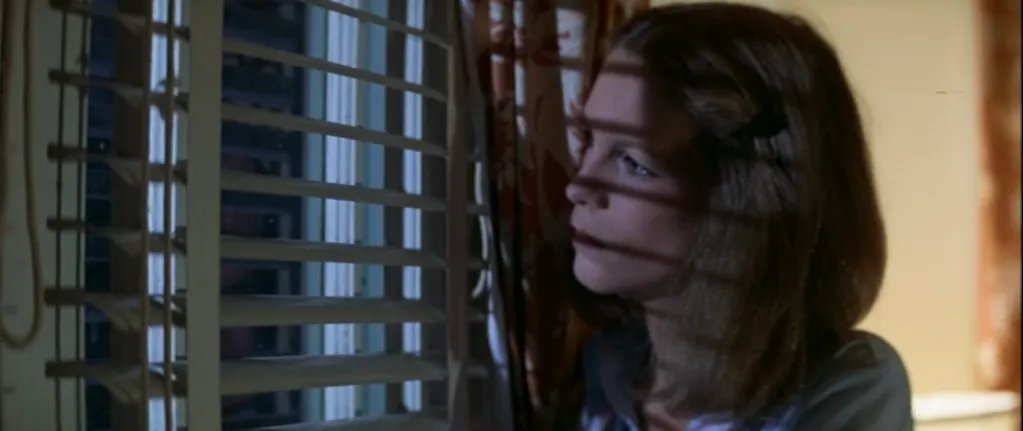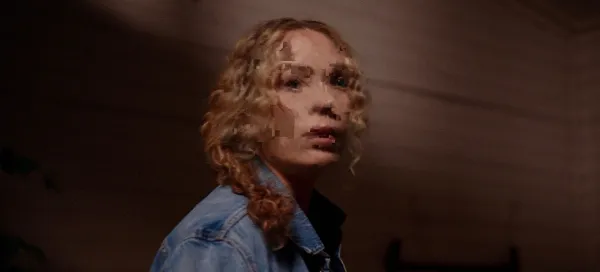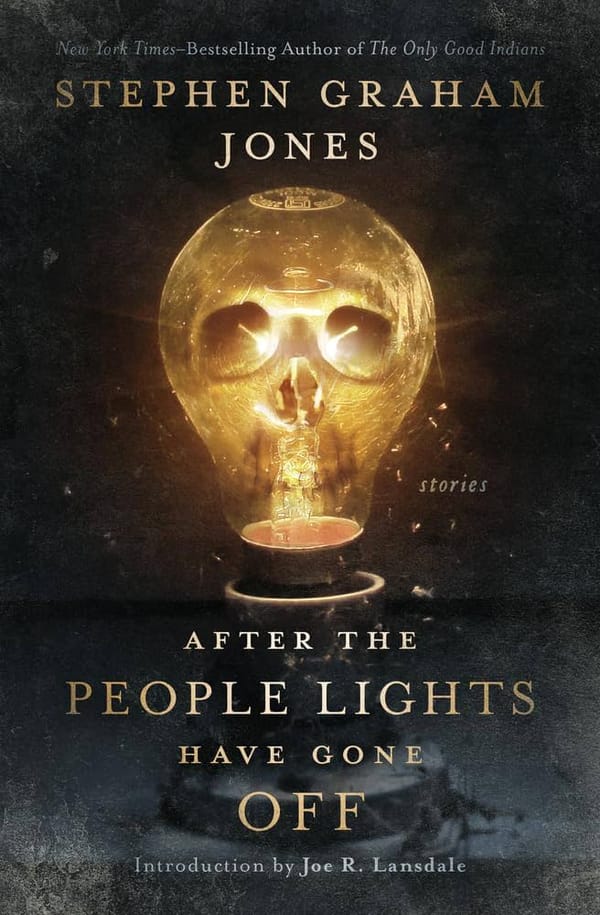Tracing The Shape 18: Have You Checked The Children?

Halloween was initially pitched as The Babysitter Murders. Its title was changed, in part, because in the days of drive-ins and rep screenings having a title like Halloween meant you could count on a fresh round of income every October, but it's still The Babysitter Murders. It always was.
It is impossible to watch this film without placing it in the larger cultural conversation around babysitting, danger in suburbia, serial killers, and of course, urban legends of psychos waiting somewhere, eager to prey on helpless teenagers and even more helpless grade school kids asleep upstairs. It's not a coincidence that When a Stranger Calls came out just one year later, nor is the very idea of The Babysitter Murders something that emerged whole cloth from the brain of just one filmmaker. It was in the air, in the water, in the dirt in the graveyards.
This is why it's so important that Carpenter chooses to linger on Laurie in the wake of Lynda's death. The phone call is creepy enough, of course. The very idea that you could be listening on the other end of the phone while someone close to you is dying horribly goes all the way back to Grand Guignol. Of course, Laurie doesn't exactly know that Lynda is dying; she thinks Annie's messing with her again, at least until the very end of the call. As Laurie questions the wellbeing of the voice on the other end of the line, and Michael leans in to briefly listen, a look passes across Jamie Lee Curtis' face, a look bought by all of that rich interiority in Laurie Strode. She knows. She might not be ready to admit it, but she knows.
We know this because the next thing she does is look outside across the street. We've all done this, especially if we've placed a phone call to a neighbor and they didn't answer (if you grew up in a tight-knit neighborhood you might know what I mean). When we cannot make easy contact, our minds claw for knowledge, for any trace of context to make sense of the missed connection. These days it would just be a quick text, maybe a check of social media, but in 1978 it was a slightly anxious look across a quiet street. Laurie was probably not expecting anything from this look other than the quiet facade of the Wallace house, but she does get something else.
Inside the dark house, the lights flick on. Just for a second. Just long enough to draw Laurie's attention. Why the flash of light from inside? We know it had to be Michael, so why does he do it at this moment? To convince Laurie that someone is home and alive and everything is fine? Sure. Maybe. But I think it's also something else. It's a worm that will wriggle its way into her brain and fester, until she can't ignore it anymore. It's why she dials the phone again. Laurie is smart enough to know when something's just off enough to warrant real concern.
To prove this, she does the next most rational thing any good babysitter would do: She checks on the kids. The line I'm using for the title of this piece is actually a lift from When A Stranger Calls, to make a broader point about the inclusion of this scene. It is so emblematic of the kinds of stories circulating in 20th century America about the imagined horrors lurking behind white picket fences and beautiful homes. It makes Halloween a part of something larger, a growing shadow on the soul of America, the sense that no place we could ever build would be free from darkness, no matter how much post-World War II glories tried to make that true.
It also drives home that Michael Myers' final opponent will be different from the others. Laurie Strode will not go down easily, because she checked the children. She knows what's at stake. And she is just a few steps away from her worst fears.
Next Time: The Hubris of Sam Loomis



